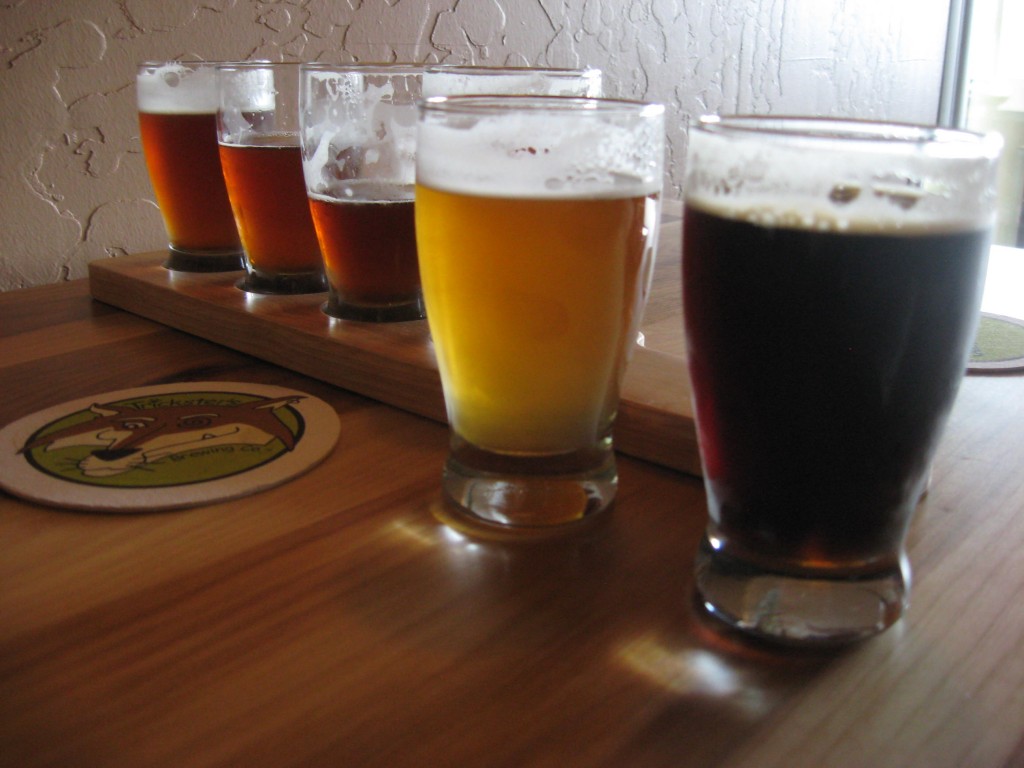
“Good people drink good beer.â€
If you spend long enough in craft beer circles, you will almost certainly hear this adage, cribbed from Hunter S. Thompson and repurposed as an industry motto. (As writer Dave Infante recently recounted, you might also hear that craft beer is “99% asshole-free.â€) Here, both seem to suggest, is an industry full of fine folk, doing what they love and making beer—and maybe the world—better for it. What’s not to like about that?
The self-congratulatory sentiment these sayings express has pervaded craft beer for decades, alongside the industry’s understanding of itself as a morally upright underdog. Many make the parallel between David and Goliath and craft beer’s progenitors: Back in the late 1970s and early ’80s, the U.S. beer market was dominated by multinational breweries, and the handful of brewers imagining an alternative to mass-produced, one-dimensional beer was an almost-literal drop in the ocean. And yet those scrappy upstarts succeeded in fighting back, in imagining a brighter future for beer, and in changing the way we drink for the better.
Want to read more? Please click… HERE!!!









 The reason I am writing this is the plan this year, or at least by next, is for both of us to retire and move back to the Adirondacks
The reason I am writing this is the plan this year, or at least by next, is for both of us to retire and move back to the Adirondacks  where I am from, and closer to Millie’s sister. We have two places waiting for us. I am NOT moving the bottle collection, so if you know anyone who wants a vast beer bottle collection going back to the 60’s you could contact me via Facebook. I am in the process of dumping bottles, so sooner is better.
where I am from, and closer to Millie’s sister. We have two places waiting for us. I am NOT moving the bottle collection, so if you know anyone who wants a vast beer bottle collection going back to the 60’s you could contact me via Facebook. I am in the process of dumping bottles, so sooner is better.
 This is a story happening right down the road from where I live…and that is not a figure of speech. The road is Washington Route 16, connecting the South Puget Sound with the Kitsap Peninsula, and the drive is 21.7 miles, door to door. The destination takes some searching or a good GPS, because the name of the destination is not in a lot of less comprehensive GPS databases…yet. That, I predict, is about to change.
This is a story happening right down the road from where I live…and that is not a figure of speech. The road is Washington Route 16, connecting the South Puget Sound with the Kitsap Peninsula, and the drive is 21.7 miles, door to door. The destination takes some searching or a good GPS, because the name of the destination is not in a lot of less comprehensive GPS databases…yet. That, I predict, is about to change.
You must be logged in to post a comment.